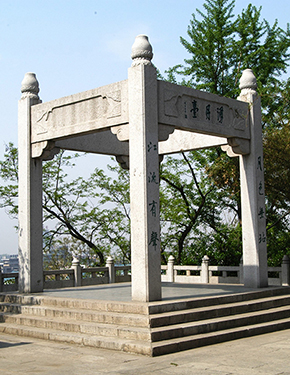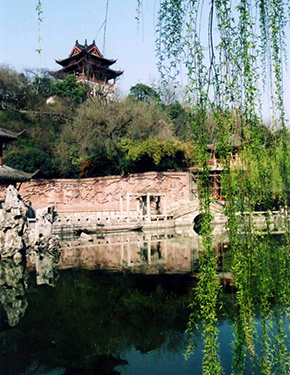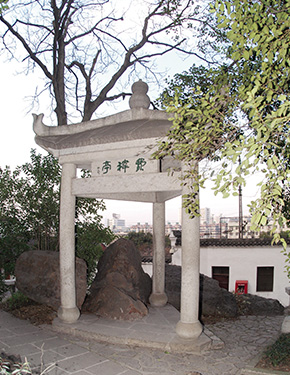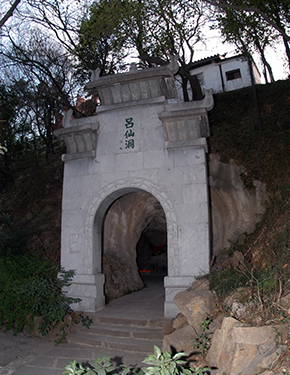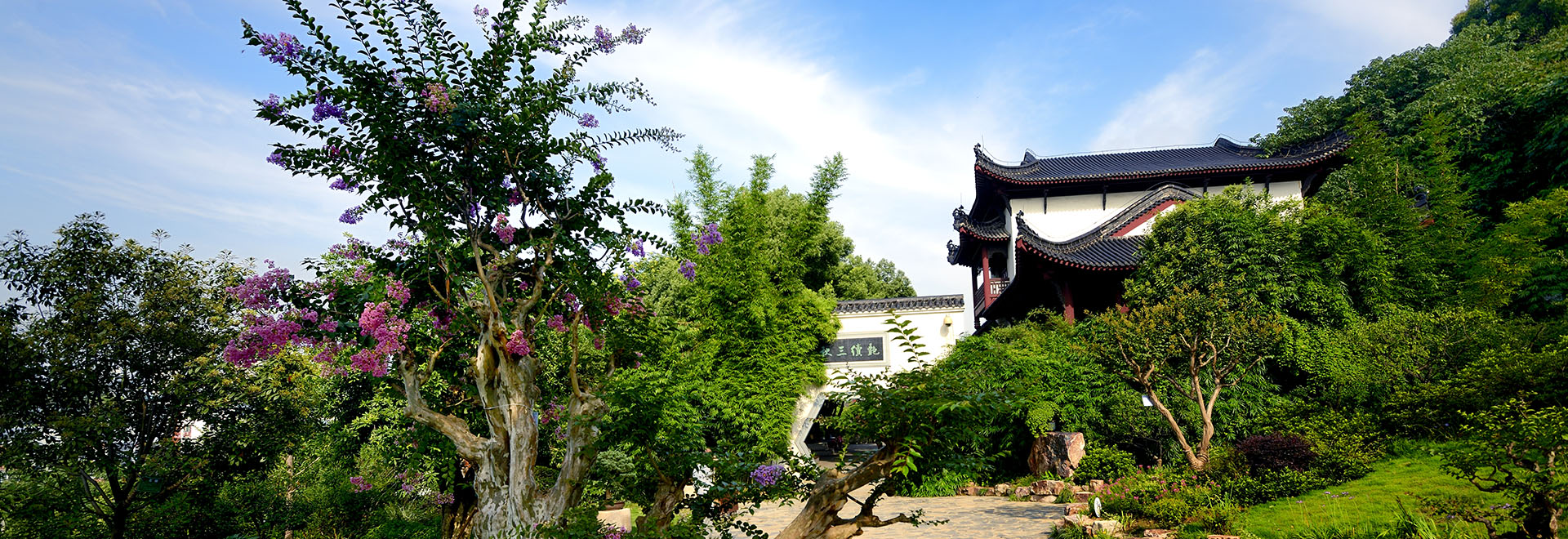
Cloud-Lingering Pavilion
- Nomal
- Enlarge
- Reduce
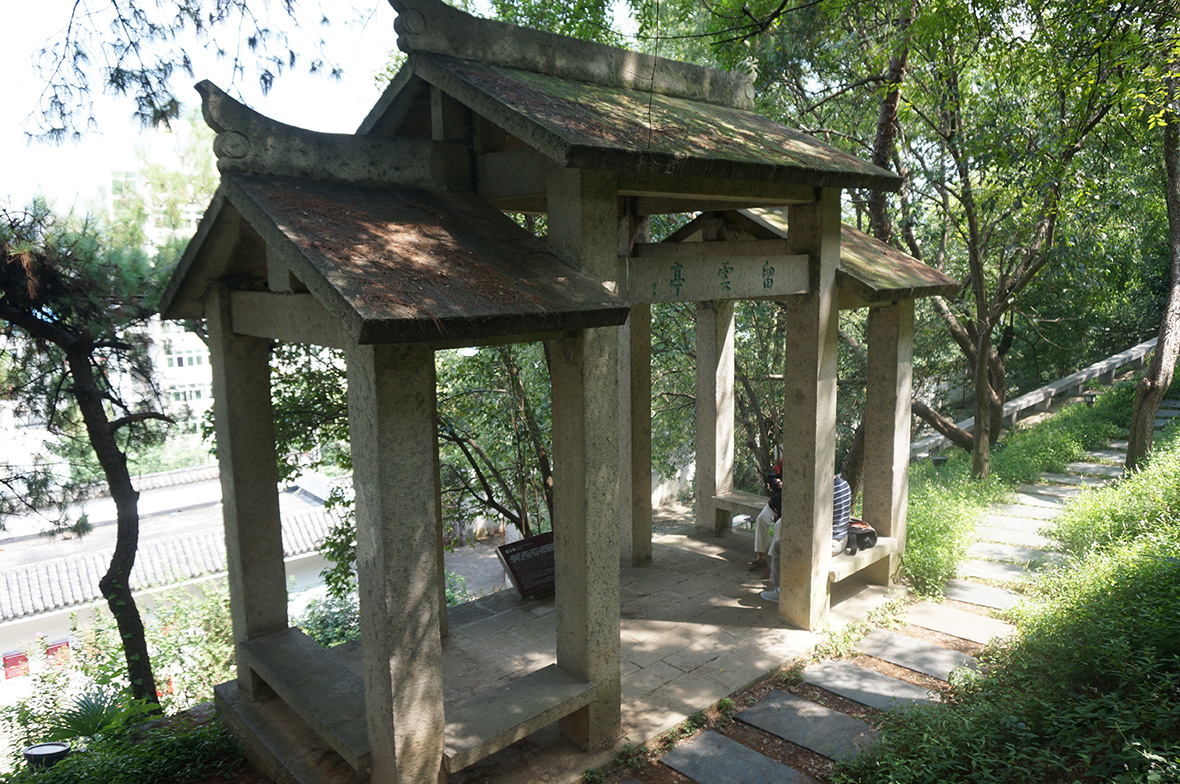
This name is originated from the ancient sobriquet “Cloud-Towering Pavilion.” Now the pavilion rests on the northern slope 104 m east of Yellow Crane Tower and 170 m west of White Cloud Pavilion.
Song Era’s Cloud-Towering Pavilion found its home at Upper Yard of Monk Temple on the east side of Snake Mountain. The original pavilion-name was handwritten by painter and calligrapher Wu Ju Head of Ezhou Prefecture during the reign of Emperor Ningzong. As Southern Song scholar Fan Chengda’s Diary of a Boat Trip to Wu in the 4th Year (1177) of Chunxi Period simply put, “Ezhou’s military camps were all thatched cottages in the past, and began to be replaced with tile-roofed houses now. Just one fourth has been completed. On Cloud-Towering Pavilion, I can overlook all such camps in front and behind. These cottages and houses are ranked in a neat manner.” Song poet Yuan Shuoyou has a lofty, heroic poem Cloud-Towering Pavilion,
The gate-tower enjoys a splendid panorama,
Yet this pavilion lets my gaze travel far and wide.
With birds flying below, I reach the North Star;
With eyes looking down, I find the South Tower.
Past city-walls stand high and low;
River and lake see travellers’ return.
O I have long aspired to tower into the clouds.
Here I feel as if flying high on the wind.
In the 8th Year (1259) of the reign of Yuan’s Emperor Xianzong, M?ngke arrived at Ezhou’s military drill. During that period, the Khan ascended the pavilion and overlooked beautiful sights. Shizu Kublai and Chengzong Temtir Oljaitu ever took a rest at the pavilion. It therefore became an imperial venue throughout the dynasty. In the early year (1335) of Zhiyuan Period, Huizong Toghan Temtir even ordered the construction of “Prosperity Temple of Great Yuan” herein, which finally turned out futile due to many bureaucrats’ opposition. As Yuan’s rule fell apart, the pavilion was demolished.
According to Gazetteer of Jiangxia County made in Qing’s Qianlong Period, Cloud-Lingering Pavilion was built in the south of Yellow Crane Mountain after the Cloud-Towering pavilion got ruined. Qing poet Cheng Yunzhen composed a poem,
Outside the balustrades thin clouds begin to fall,
In this clear autumn the Milk Way spreads across the sky.
Heaven wind blows the jade flute,
Dream sends me to the riverside city.
As waves surge, lamps make a sleepless night,
When boats set sail, the moon hears many a sound.
If you want to call back the far-off yellow crane,
Feel free to ask the Evening Star.
When Yellow Crane Tower’s reconstruction began in 1984, the personnel involved discussed it would be better to retain the name “Cloud-Towering.” However, the proposal was suspended. When its erection was planned afresh in 1992, another name “Cloud-Lingering” made its debut as a line goes, “It is hard to make the yellow crane linger, but not so hard to let white clouds linger here.” Facing the south, this newly-built pavilion has three sections: high in the middle and lower at both ends. As a whole, such eight-column rectangle is 5.56 m long and 2.6 m wide: 1.3 m section length, 2.7 m column height and 3.2 m roof height to the left and the right; 2.9 m section length, 3.2 m column height and 4.5 m roof height in the middle. It adopts a granite structure topped by a hip-gable roof. This pavilion, looking quaint and firm, owes its name inscription to Bai Xueshi, a professor at the Beijng-based Central Academy of Art and Design (precursor of the Academy of Arts & Design, Tsinghua University).
Tourist Service
- consulting hotline
Service hotline: 027-88875096
Supervision hotline: 027-88848188
027-12301
(Wuhan Tourism Bureau.)
027-87124701
(Hubei Tourism Administration)
- Official qr code.
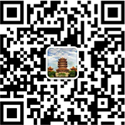
Scan focuses on the yellow crane tower.
- Online consultant
- Complaint and advice

